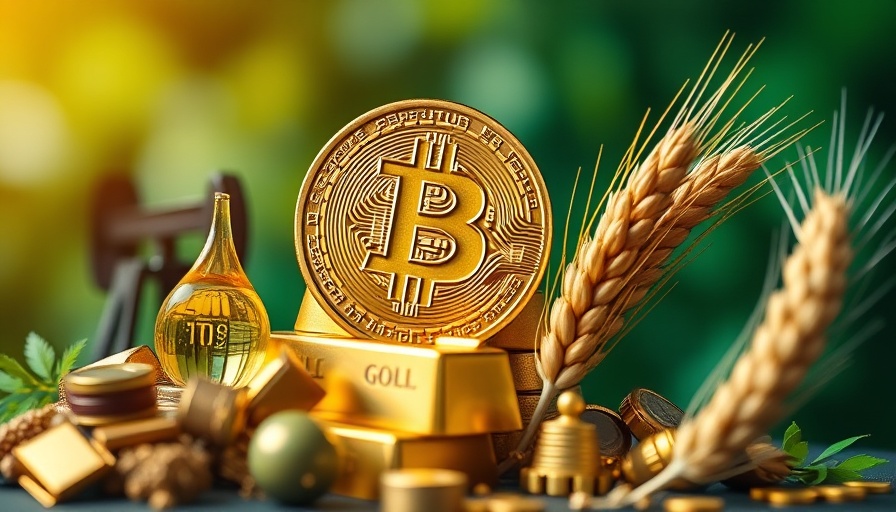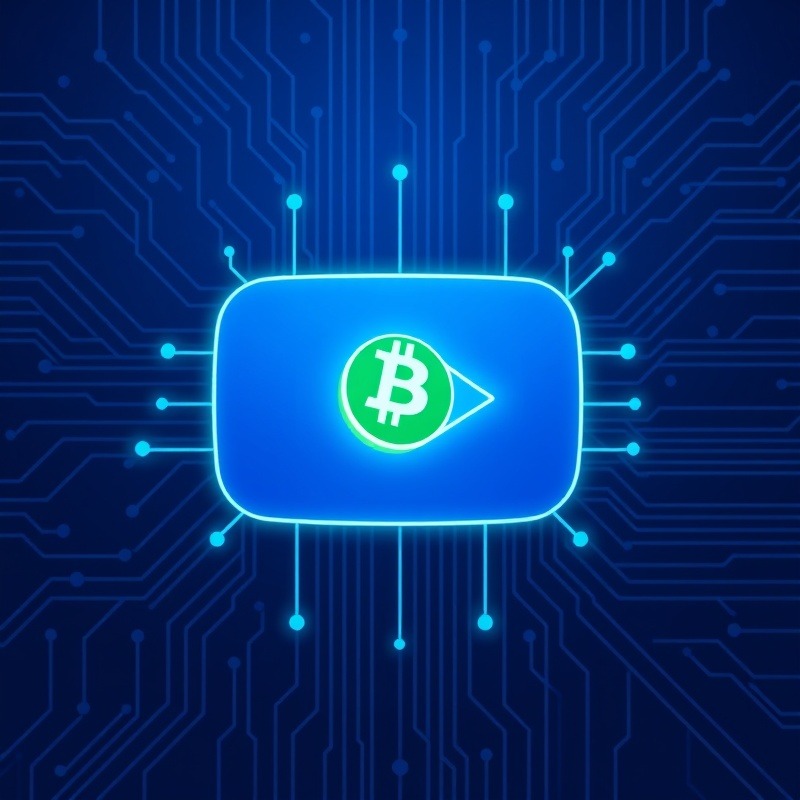
Why Trump’s Gold Standard Vision Matters For Investors
In a surprising move, former President Donald Trump has suggested a return to the gold standard as a way to stabilize the U.S. dollar amid rising inflation and volatility in the global financial markets. This concept, which revolves around backing the dollar with tangible assets like gold and cryptocurrencies, aims to restore faith in the U.S. currency and preserve the purchasing power of the average American. For investors and traders alike, understanding the implications of this shift can provide critical insights into market trends and future investments.
In 'Is Trump Bringing Back the Gold Standard!', the discussion dives into Trump's economic strategies surrounding currency reform, exploring key insights that sparked deeper analysis on our end.
The History of the Gold Standard: A Lesson for Today
The United States operated under the gold standard from the 19th century until the early 1970s. During this period, the value of financial assets was tied to a specified amount of gold, providing a stable monetary policy framework. As inflation rates have soared in recent years, many have begun to question the sustainability of our current fiat system. The return to the gold standard may serve as a reminder of a time when the dollar was inherently stable, offering both investors and policymakers a historical perspective on potential economic reforms.
How Cryptocurrencies Fit Into Trump’s Economic Strategy
In his exploration of alternative monetary systems, Trump mentioned the rising relevance of cryptocurrencies like Bitcoin and Ethereum as viable assets for backing financial exchanges. These decentralized digital currencies offer an innovative approach to currency stability due to their limited supply and security features inherent in blockchain technology. For seasoned investors, the growing recognition of crypto assets could represent a unique opportunity to diversify investment portfolios and hedge against traditional market risks.
Potential Benefits of an Asset-Backed Currency
Transitioning to a system that incorporates cryptocurrencies and commodities can yield numerous advantages. By providing a hedge against inflation, such a currency framework protects the purchasing power of consumers, promotes savings, and encourages investment in tangible assets. Moreover, limiting the money supply can curtail the often dangerous volatility associated with rapid fiat currency expansion, which leads to economic downturns.
The Role of Decentralized Finance in a New Financial Ecosystem
Decentralized finance (DeFi) represents the future of investing and trading. By integrating DeFi protocols into this asset-backed currency vision, investors gain access to financial tools and services that operate outside traditional banking systems. Utilizing smart contracts on the blockchain can create opportunities for more secure transactions, lending, and trading, echoing the principles that the gold standard once instilled in the financial landscape.
What Obstacles Could This Change Face?
While the idea of reinstating a gold-backed currency holds appeal, numerous challenges lie ahead. These include practical implementation issues, potential regulatory pushback, and the need for consensus about how to approach the integration of cryptocurrencies into the mainstream economy. Investors must remain vigilant, analyzing regulatory developments closely to assess how legislation might shape the future of cryptocurrency and traditional financial systems.
The Road Ahead: Predictions and Strategies for Investors
As discussions around a gold-backed currency gain traction, investors must establish strategies to navigate potential market shifts. Monitoring economic indicators, understanding the implications of cryptocurrency adoption, and staying informed about regulations are crucial steps. The investment landscape is evolving, and those who adapt swiftly may find themselves positioned for success amid these changes.
In conclusion, Trump's push toward a potential return to the gold standard encapsulates a larger conversation about the future of money, economics, and individual investing. This shift could redefine how we approach value, security, and financial stability. Investors must remain proactive, informed, and engaged with emerging strategies for leveraging new opportunities in the cryptocurrency and decentralized finance markets.
If you're keen to learn more about the implications of these economic changes and how to adapt your portfolio effectively, it's time to dive deeper into the world of cryptocurrency. Stay engaged, educate yourself, and consider how digital assets like Bitcoin and Ethereum may shape your investment future.
 Add Row
Add Row  Add
Add 




 Add Row
Add Row  Add
Add
Write A Comment